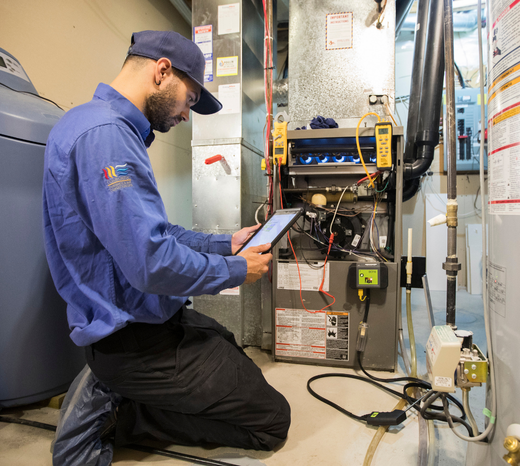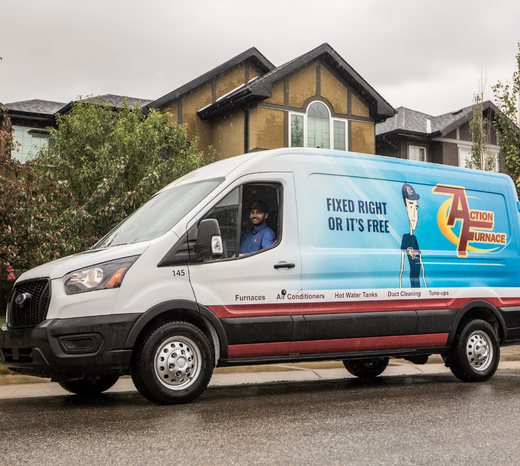Furnace Installations, Furnaces, Home Comfort
Replacing a furnace is a big investment. So it’s essential to make sure the heating equipment you choose is the right fit for your home and demands...
Replacing a furnace is a big investment. So it’s essential to make sure the heating equipment you choose is the right fit for your home and demands. Here’s what you need to know about the types and sizes of furnaces available.
The perfect furnace is different for every home. But read on for the things you should consider when it's time to install a new heating system.
See also: The Alberta Furnace Buyers Guide
Types of Furnaces
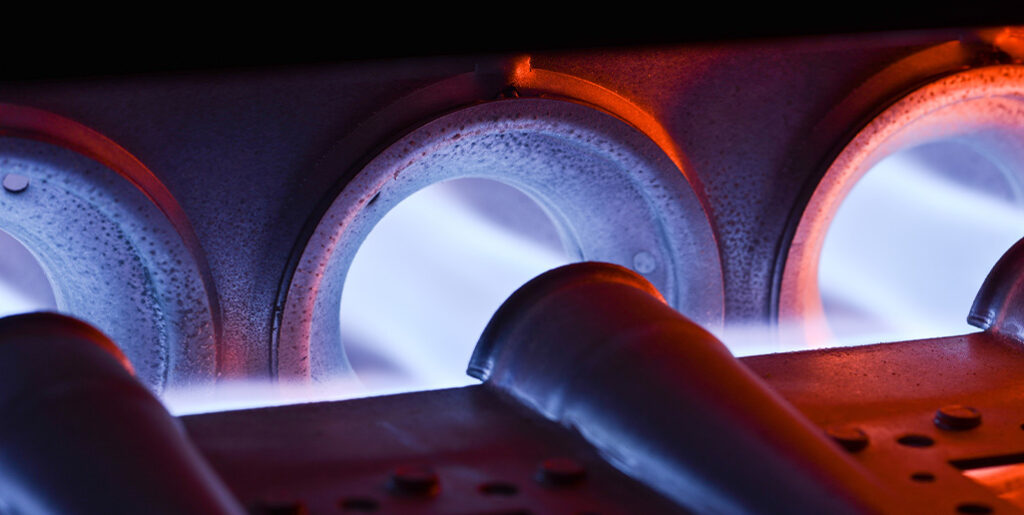
Gas Furnaces
Gas furnaces are the most popular type of heating for Alberta homes. These units use natural gas to fuel home heating.
The furnace is connected to a thermostat, which signals the furnace to engage. Once engaged, fuel is sent to the burner located in the heart of the furnace. The burners heat up a device called a heat exchanger that powers a blower, distributing the heat throughout your home.

Electric Furnaces
Electric furnaces operate identically to their gas counterparts but rely on resistance coils or tubing instead of burners to create warm air.
Heat pumps are another source of electric heating and operate the same way an air conditioner does. These are not ideal in sub-zero climates due to limited heating power.
Which Is Better?
The furnace you select needs to be capable of keeping you warm in the coldest temperatures.
Gas furnaces heat air much quicker and can produce higher temperatures. This is the main reason that natural gas heating is most popular in cold climates like Alberta. The price of operating a gas or electric furnace totally depends on the cost of the energy source.
See also: Electric vs. Gas Furnace: Which is Best For Albertans?
Heating Effectiveness Factors
How effective a furnace (or any HVAC equipment) is, depends on several external and internal factors. The same model can perform very differently in different-sized homes and in different environments. Consider the following heating effectiveness factors.

What is Your Home’s Square Footage?
The general rule when sizing your furnace is that you’ll need between 30 and 60 BTUs per square foot. So naturally, you would think that larger homes will require larger units. But this isn’t always the case.
Now, you’re probably thinking that 30-60 BTUs sounds like a significant variation, and it is. That’s why using square footage alone to determine furnace size is a poor approach.
There are additional factors that should be taken into consideration, like the climate you live in.
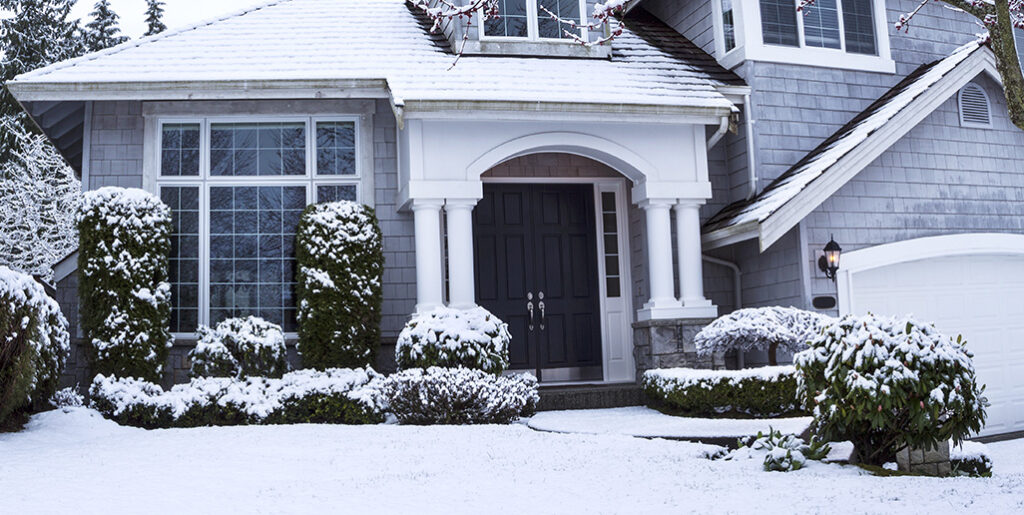
What Climate Do You Live In?
If you are in a warmer part of Canada, such as Vancouver, you won’t need as big of a unit as someone in Northern Alberta.
This is because the colder temperatures make your furnace work harder to reach your desired comfort level. If you are in a colder climate zone, you will require closer to 60 BTU per square foot, and someone in a warmer climate zone may need only 30 BTU/sq. ft.
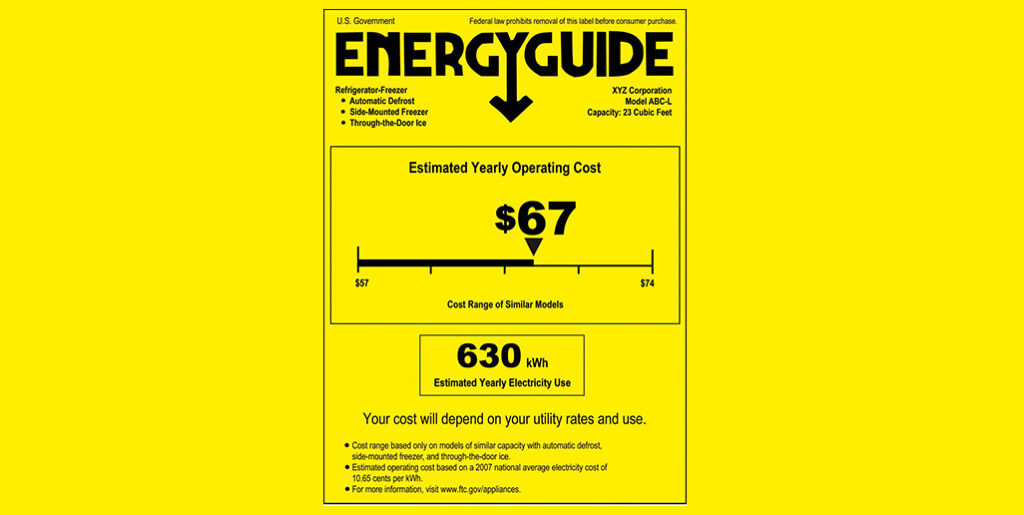
Is Your Furnace Energy Efficient?
When choosing a furnace to buy, it’s important to consider the unit's efficiency. This saves not only the environment but also your wallet!
The furnaces on the market today are rated on their annual fuel utilization efficiency (AFUE). Furnaces with higher AFUE ratings are better at transferring heat into your home, resulting in less energy waste and fewer emissions. Not to mention lower energy bills.
In Canada, we rely on the Energuide symbol to guide us in the right direction for fuel-efficient heating equipment. The Energuide label shows the AFUE rating of the unit. aIt also uses a pointer to show where that rating falls on a scale of energy efficiency of similar models.
In simple terms, a high-efficiency furnace can heat the same amount of space as a larger low-efficiency unit. Here’s more info about high-efficiency furnaces.
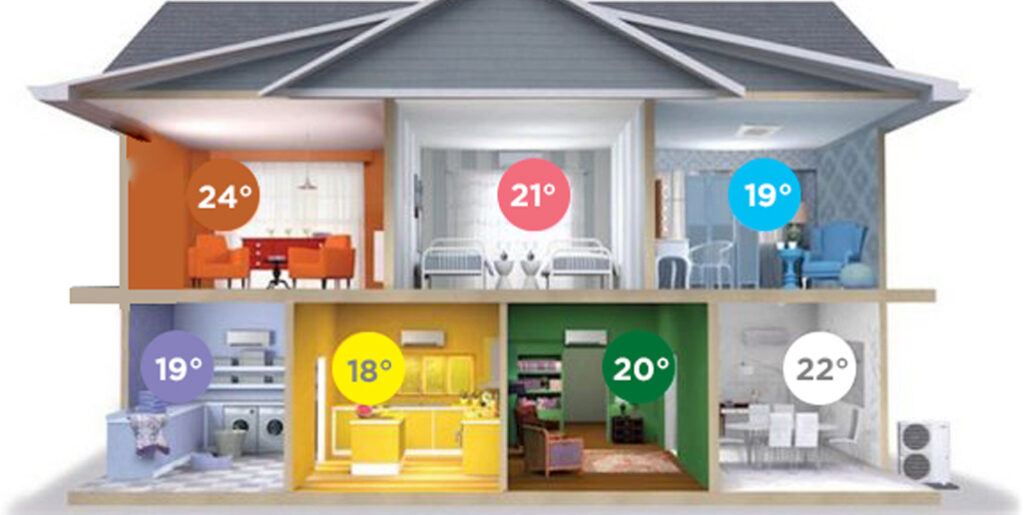
Do You Have a Zoned HVAC System?
Zoned heating systems allow you to control different areas of your home for independent heating. You can slow down or shut off heating to some rooms while keeping your most common living spaces cozy.
If you’re rarely heating your entire home, you might stay comfortable with a smaller-than-average furnace concerning square footage. For more information on zoned HVAC systems, read this article.
What Happens If My Furnace Is the Wrong Size?
A furnace is a big purchase and not something you can easily take back to the store. So getting the size right is super important. Here are some frustrations you could experience if your installed furnace is too small or too big.
Your Furnace is Too Big
Furnaces that are too large will cause uneven heating in your home and cycle on and off more frequently. This is because certain areas of your home will heat up faster, telling the thermostat the job is done. The thermostat will then shut down the unit even if the rest of the house is still uncomfortable.
Once those heated areas begin to cool, the thermostat clicks on again faster. This constant on and off is hard on the unit, leading to increased humidity, maintenance, and a lower lifespan.
All other things being equal, you’ll also pay more for a larger unit. So you could be throwing money away on a huge furnace that isn’t necessary for a home your size.
Your Furnace is Too Small
A furnace that’s too small will constantly be running and unable to heat your entire home. This means increased utility bills and you paying more for poor performance. There is also the issue of increased equipment noise to contend with.
Furnaces struggling to keep up with the heating demand (because they are too small) work hard! It’s like driving around at 120 km/h all the time! It puts extra mileage on your heating equipment and shortens the lifespan of your furnace.

Finding the Perfect-Sized Furnace
Determining the right type and size of furnace can be daunting, even with the information we’ve provided above.
Always have an HVAC professional survey your home and heating needs before jumping into a furnace purchase.
So book a heating consultation with Action Furnace if you need some expert advice. We’ll make sure you’re well-versed in the options available and that your furnace is sized appropriately. This keeps your energy bills down and your family safe, warm, and happy throughout old man winter’s stay.

